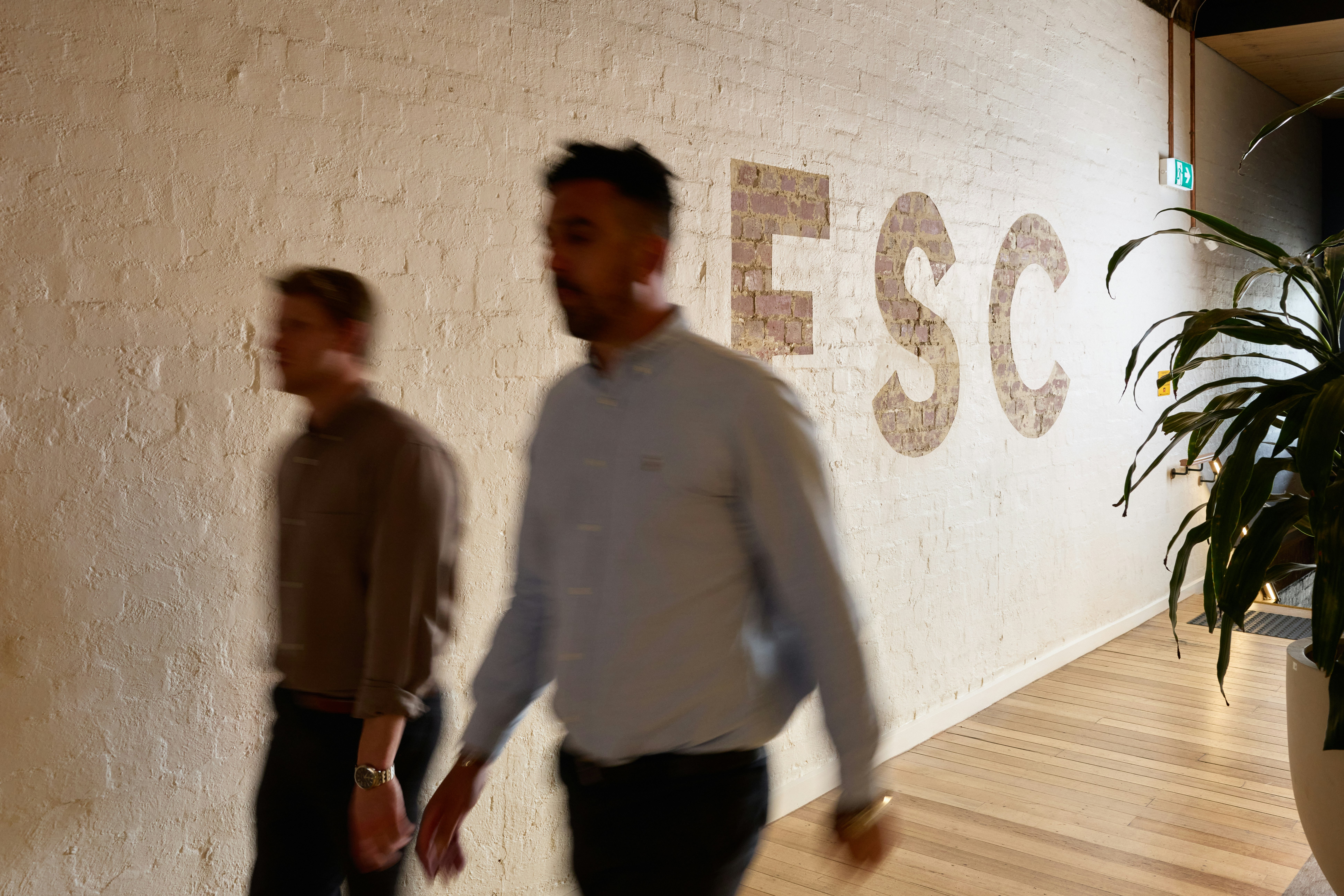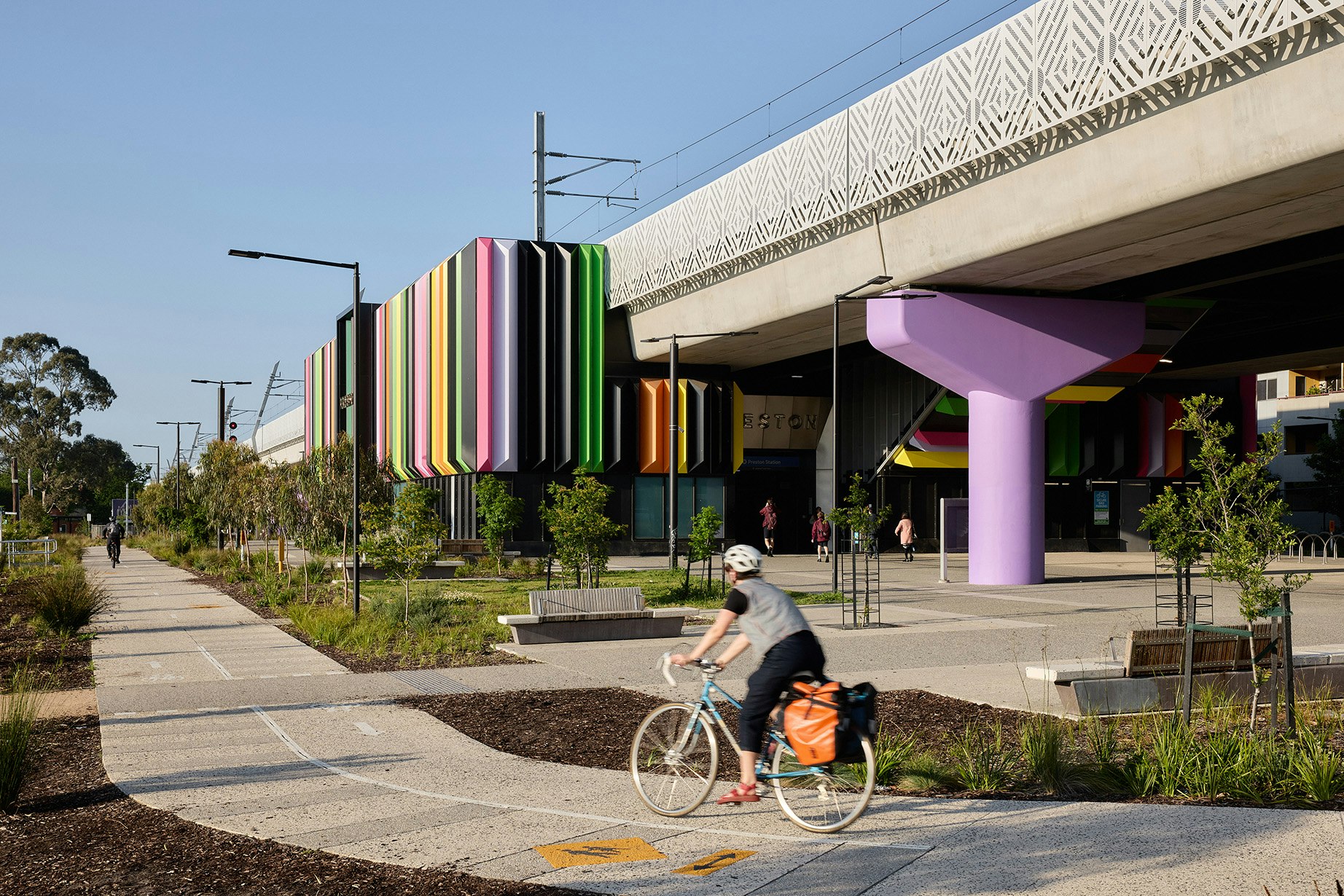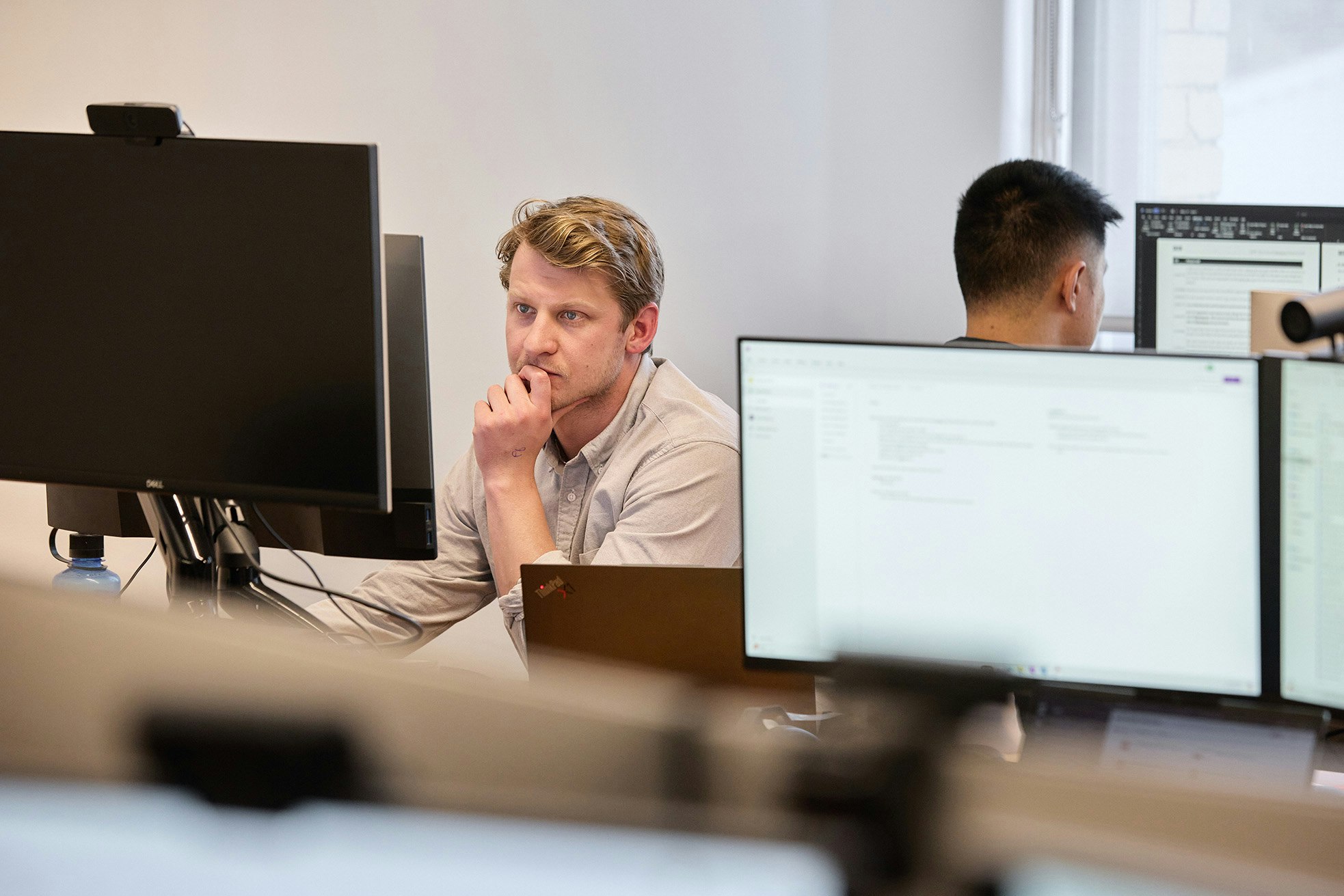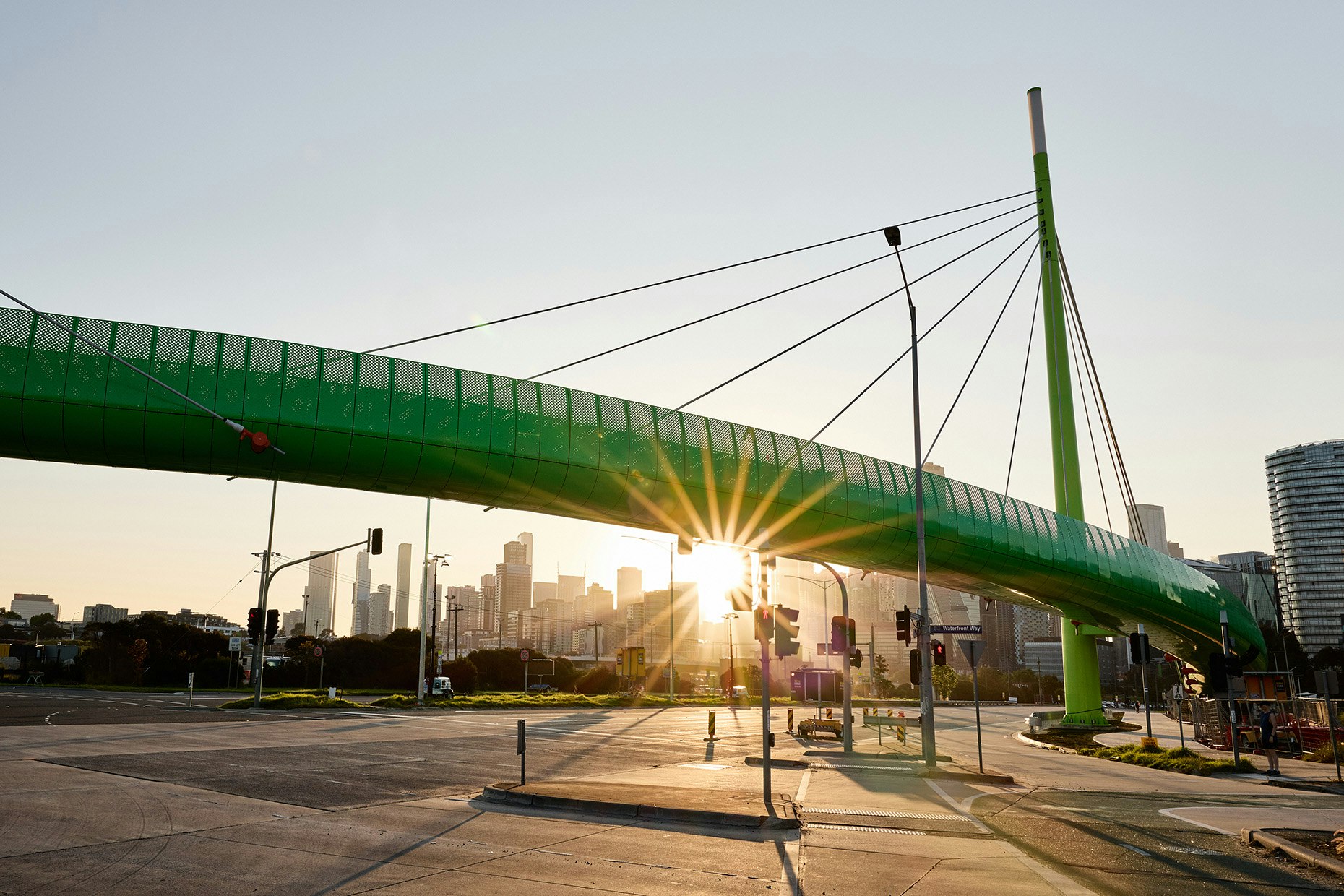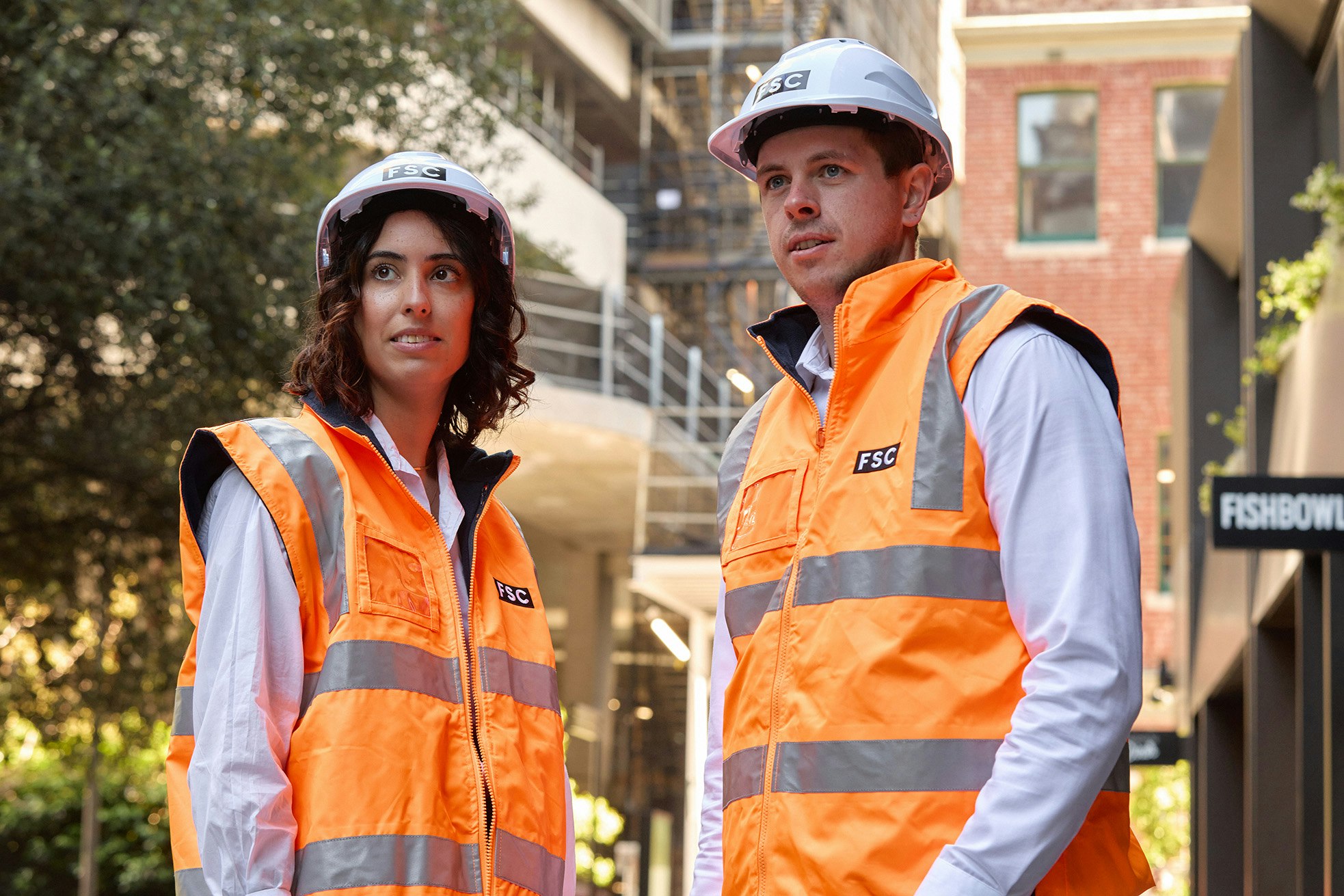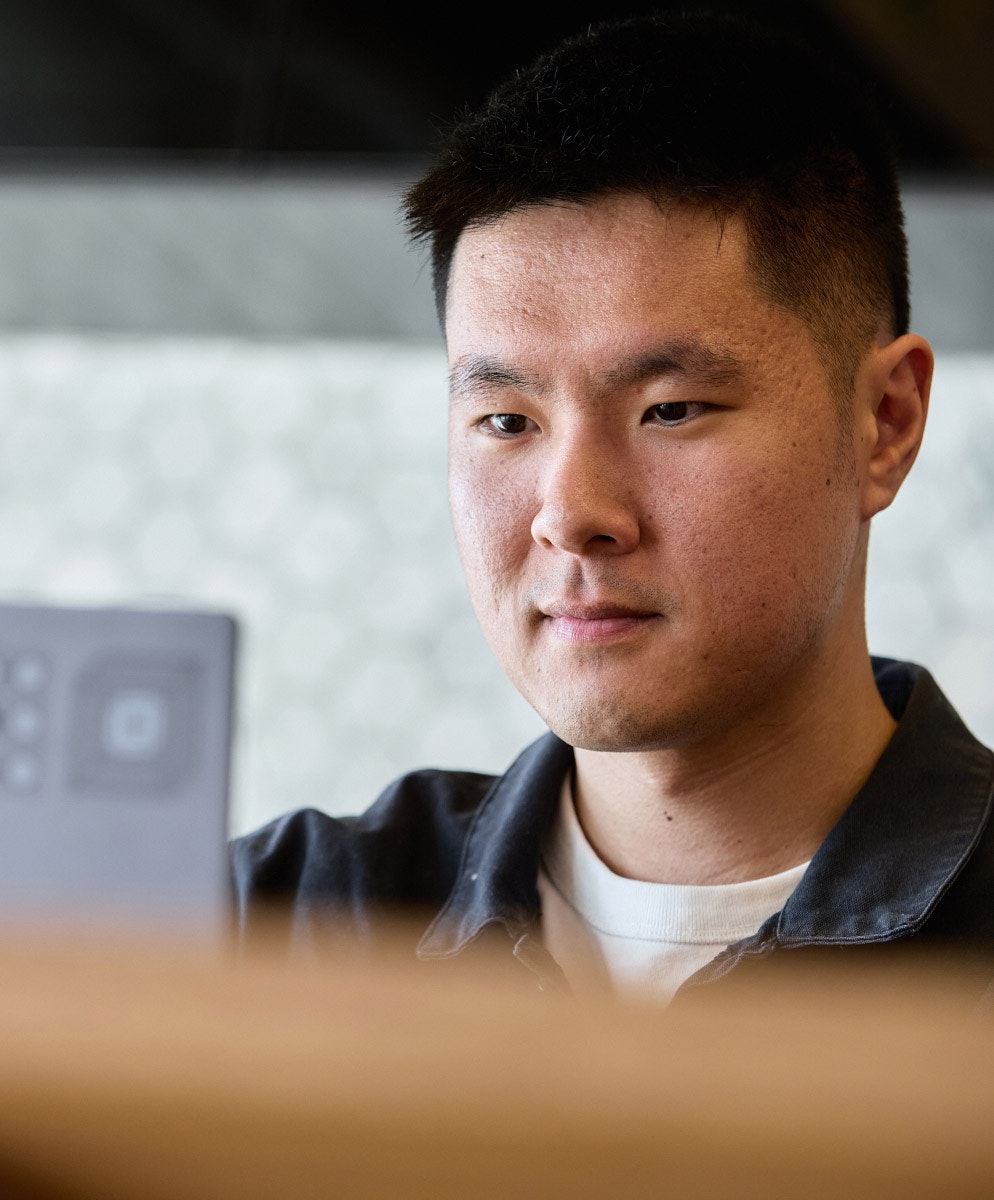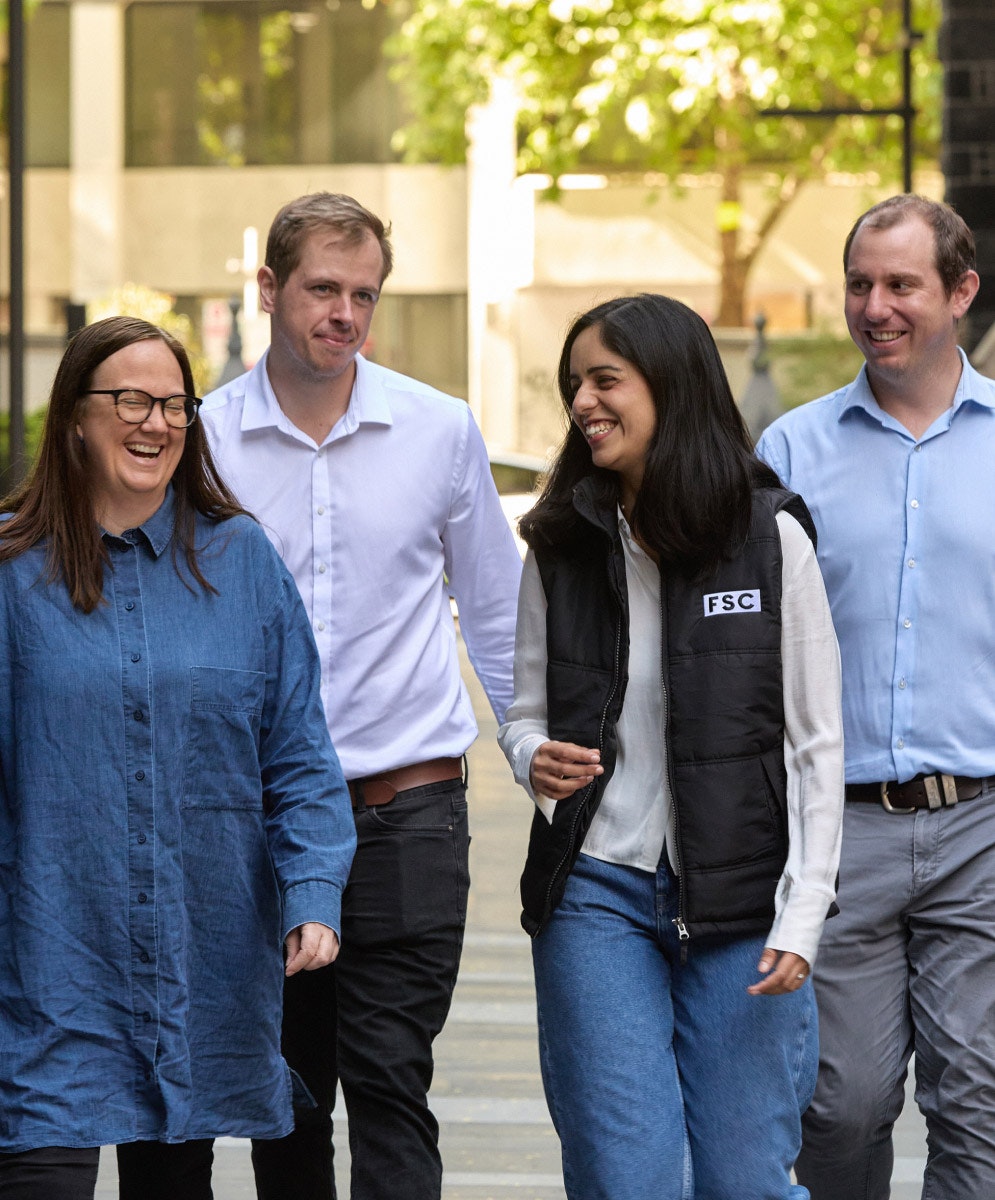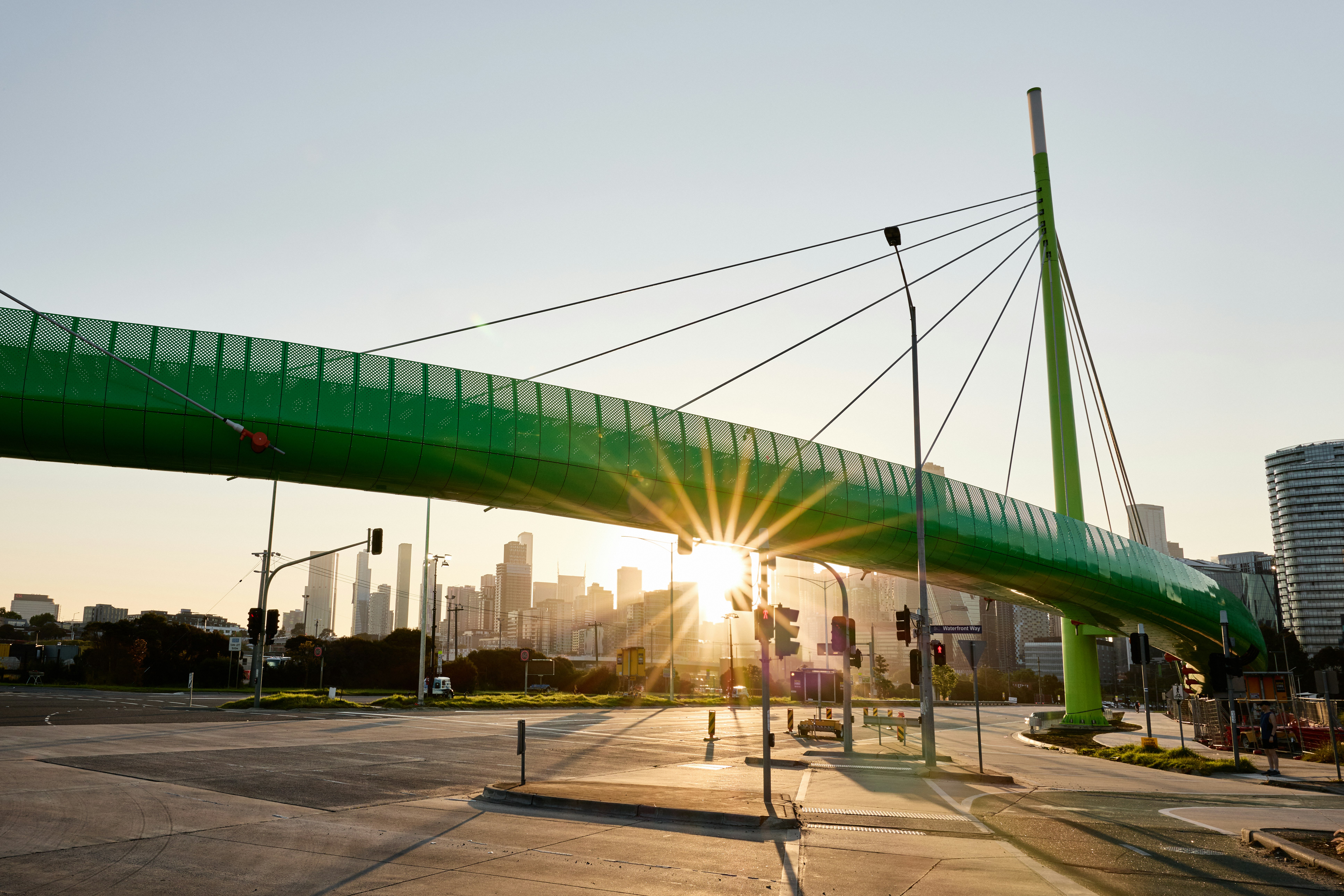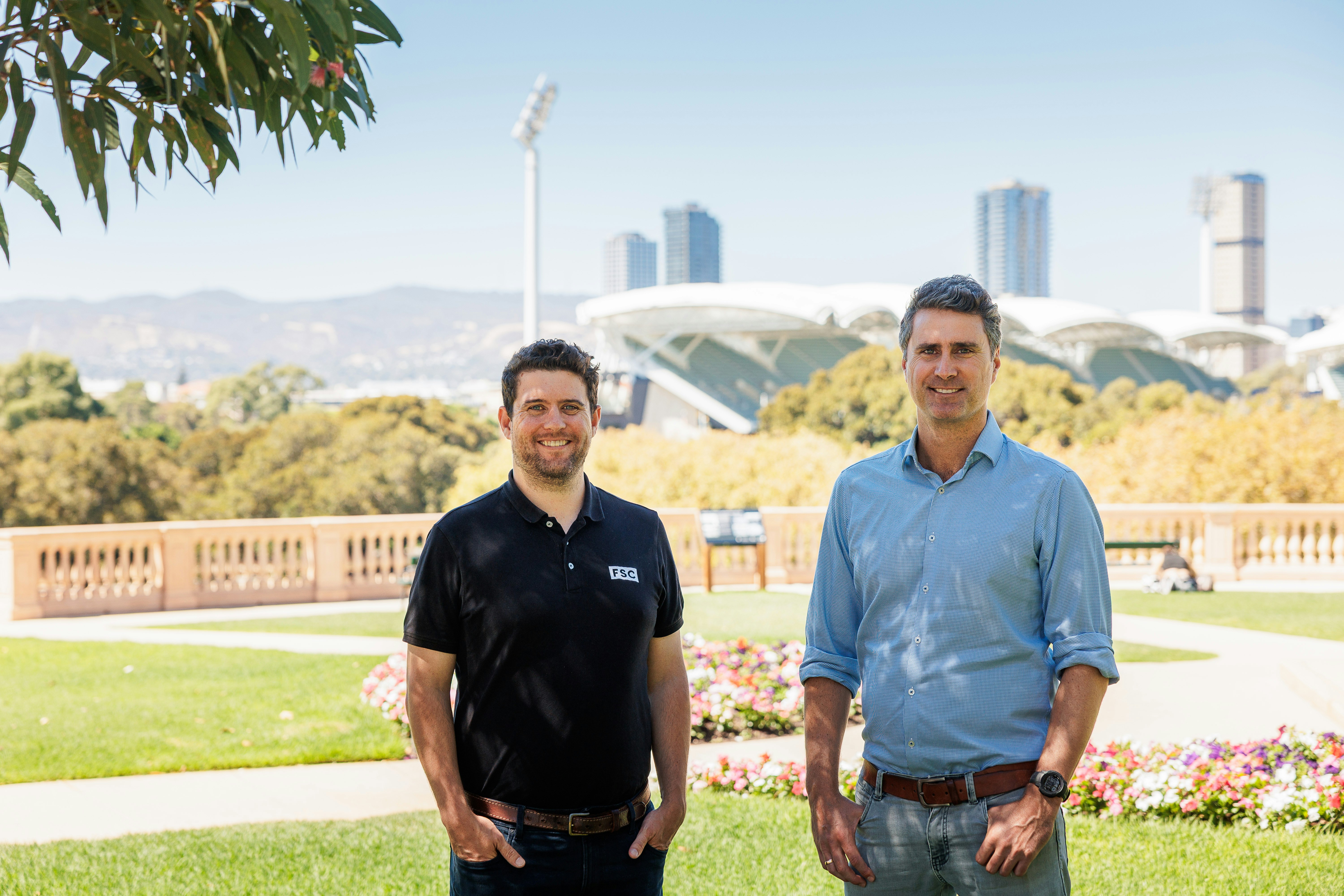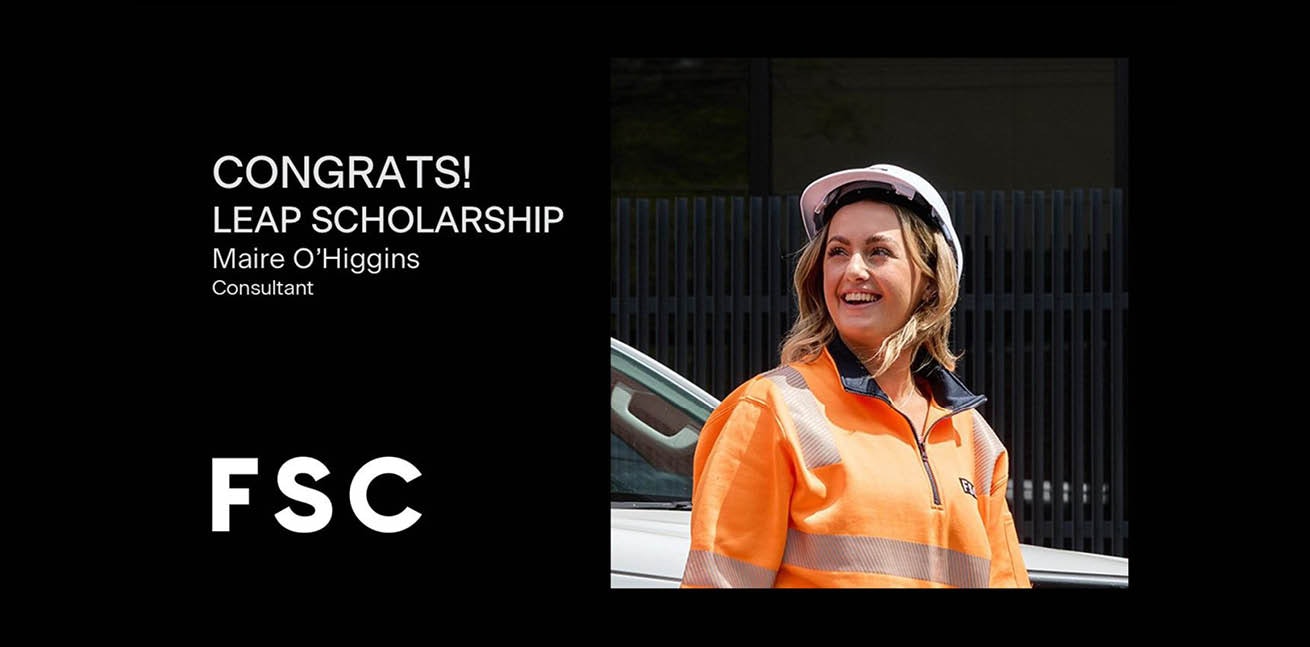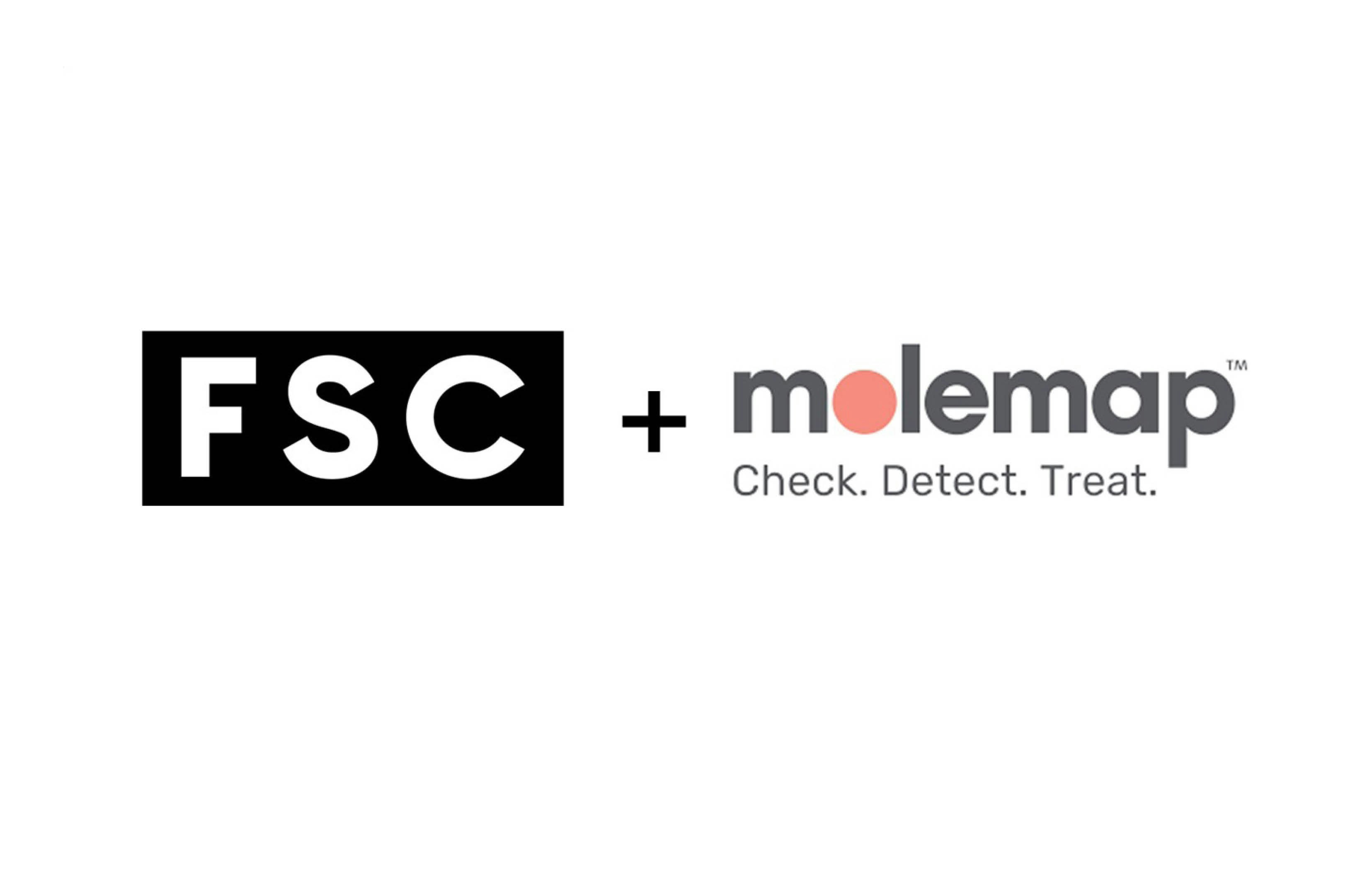"I love seeing something tangible come to life. Watching a project take shape and knowing I played a role in its creation is incredibly satisfying."

Civil Engineering offers a wide range of career paths, many of which are difficult to picture while still at university. Connor Joy, a Project Engineer at FSC, started working in civil subdivisions before joining FSC over three years ago. Here, he reflects on his experiences from a five-year career.
Can you share how your career began and the journey that led you to FSC?
CJ: I finished my Civil Engineering degree at Latrobe at the end of 2019. After that, I had a short stint at a commercial landscaping company, but I lost that job due to COVID. I then moved into civil subdivisions, working on Tier 2 and Tier 3 projects.
That work mainly involved Greenfield sites, which meant no existing utilities, rail corridors, live roads, or traffic to deal with. It was pretty straightforward, with fewer procedures and less interaction with external factors.
The opportunity to work at FSC arose, and to be honest, I was a bit unsure at first. I hadn’t worked in the Tier 1 space before, so I didn’t really know what to expect. But during the interview process, FSC explained their projects and what my role would look like and the support FSC would offer to help my transition. It seemed like a great opportunity, so I decided to make the jump.
Working on Tier 1 projects was a big change, especially in terms of the scope and the level of procedure and professionalism involved. It’s accelerated my growth and I’ve grown to really enjoy it, making the most of the opportunities available. The diversity of work has been unlike anything I would have imagined. I’ve worked on utilities, civil infrastructure, roads, and now structures, so it’s been quite varied.
What are the key skills that make you successful at your job?
CJ: One of the most important skills I’ve developed at FSC has been the ability to quickly integrate into new teams. Working as a secondee engineer in Tier 1 projects means moving from project to project, which requires settling in fast and building strong relationships with the existing team on-site. That’s something I’ve had to work on a lot – learning how to add value to a project early on without a long settling-in period.
Technical skills are, of course, equally important. The key is being able to adapt your existing knowledge to new projects. While the scope might differ, the core technical approach to problem-solving remains the same.
Ultimately, strong people skills make the biggest difference. Secondments often last six to twelve months, and if you take too long to find your footing, you risk losing valuable time. Building rapport quickly, not only with your engineering counterparts but also with other teams like community engagement, site supervisors, traffic and environmental teams, is a key part of the job.
What advice would you give to new engineers?
CJ: One important thing to understand is that you don’t need to be an expert in everything. Skills are transferable between disciplines. If you’ve done work in one area of infrastructure or construction, you can apply those same skills to new types of projects or scopes, even if they seem unfamiliar at first.
University degrees tend to focus more on the technical side – computer modelling, structural calculations and design work. In civil construction, you need to understand these things to know what you’re building, but you don’t necessarily have to produce that level of technical detail yourself. It’s more about understanding the designs and requirements so you can bring the whole project together, almost like solving a jigsaw puzzle.
I’d also say to take opportunities as they come. Everyone has their own idea of what they want to do, and it’s fine to hold on to that, but don’t sell yourself short by avoiding new challenges. Being open to different opportunities can help you grow your career in ways you might not have planned. So just take that step - even if the work feels unfamiliar or daunting, the best way to learn is by getting stuck in and giving it a go.
